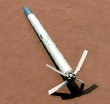


Location: Special Forces “A” Camp A-102, Tien Phuoc, I Corps.
Keep in mind what was going on in the U.S. space program , at the time.
Near the end of 1967, the 101st Airborne Div. moved into our AO for a major operation. They brought with them all the might of the U.S. Army’s new Air Assault model: Slicks, gun ships, a battery of 155mm howitzers . . .
I have many stories from this time, but this one deals with our little camp after the division moved on. One of the “toys” left behind where cases of the ubiquitous 2.75 inch air-to-ground rocket. And lots of HE (high explosive) war heads.
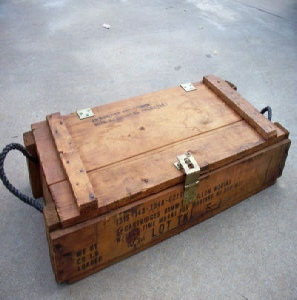
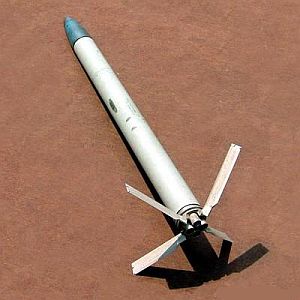
My best friend, Gary “Doc” Heffner and I, both aspiring, self-taught weapons men, decided to see if these rockets could somehow be used in camp defense. Keep in mind that we had really never had an up close and personal experience with these widgets.
So we cracked open a case. Inside were long cardboard tubes, similar to the tubes used for hand grenades and other munitions. The ends were capped with metal, and one end of the tube was removed to pull out the rocket motor. The business end of the motor was threaded on the inside and the other end had four (4) nozzles, folded fins and the electrical contact. Ah. Simple electrical igniter with negative ground and a positive contact. How could we aim and fire this weapon as a ground-to-ground defense?

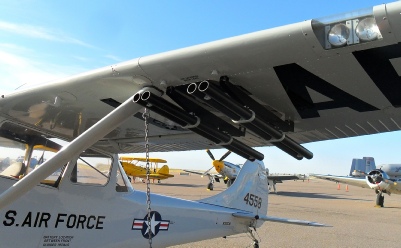
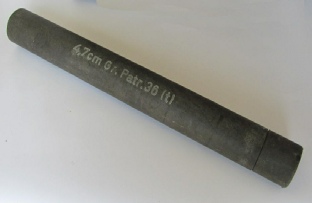
We had no launcher pods, which came in several configurations from 2 to 7 nested rocket launching tubes. But we had the cardboard shipping tubes. All we had to do was cut off the metal end cap and we had a perfectly sized, heavy cardboard tube.

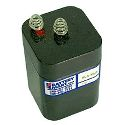
We needed to attach the pointy end. The war heads were packed much the same way as the motors and threaded onto the front of the motor. This added to their versatility with different types of war heads; Willy Pete (white phosphorus) and the flechette coming to mind.
And we had lots of commo wire and standard issue 6 volt batteries. We had no idea how many volts were required to fire the rocket. But we knew about blasting caps . . .
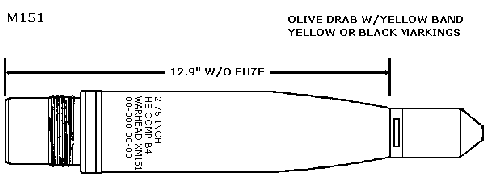
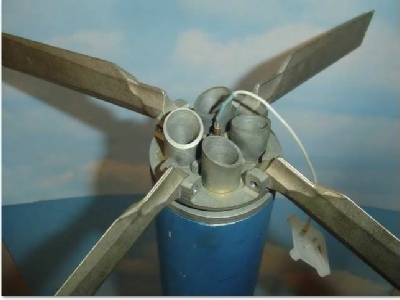 I seem to remember arming crews using some sort of torque wrench to tighten the war head. We did the best we could. We slide our little experiment into a cardboard tube with the fins sticking out the back end (Mistake!!!). Leaned the tube up against a stack of ammo boxes aimed at a large clearing on the mountain to our North-West. We were able to attach our commo wire to the contacts and string it back to our “bunker.” Like “October Skies,” our “bunker” was little more than another stack of ammo boxes.
I seem to remember arming crews using some sort of torque wrench to tighten the war head. We did the best we could. We slide our little experiment into a cardboard tube with the fins sticking out the back end (Mistake!!!). Leaned the tube up against a stack of ammo boxes aimed at a large clearing on the mountain to our North-West. We were able to attach our commo wire to the contacts and string it back to our “bunker.” Like “October Skies,” our “bunker” was little more than another stack of ammo boxes.
Twisting one wire to the negative terminal, I touched the positive lead to the positive terminal and we had ignition. Our HE armed rocket nosed immediately into the ground and buried itself under the weedy turf where it quickly burned itself out. Luckily, the rocket had not flown far enough to arm the war head. I think it had to make a certain number of revolutions.
What had happened? We examined the evidence. Projectiles use rotation (like barrel rifling) for accuracy. We noted that each of the four little rocket nozzles was cut at an angle, which would cause the need spin. When put into the launcher, we had left the fins outside of the tube. As soon as the rocket fired, it spun, centrifugal force causing the fins to spread wide, hanging up on the end of the cardboard tube, causing our “short round.”
Not to be daunted, we modified our launch protocol, letting the pointy end stick out and keeping the fins in the tube. The second rocket hit the mountain. And with a little indirect fire type corrections, we hit the clearing. It was a big clearing.
We envisioned several cardboard tubes taped together, armed with rockets, pointing at our gate. Rigged with commo wire and a battery could actually work.
Then we got stupid. . . . More stupid?
We noted that the inside diameter of the rocket where the war head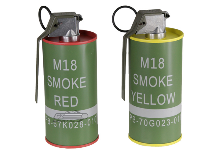 attached was almost exactly that of the outside diameter of a smoke grenade. We decided to see if we could fire a rocket, trailing smoke like a falling sky diver.
attached was almost exactly that of the outside diameter of a smoke grenade. We decided to see if we could fire a rocket, trailing smoke like a falling sky diver.
 We set up our rocket with electrical tape holding the grenade secure. We slide it into the tube with the spoon just tucked inside and pulled the pin, “arming” the grenade.
We set up our rocket with electrical tape holding the grenade secure. We slide it into the tube with the spoon just tucked inside and pulled the pin, “arming” the grenade.
Three, Two, One, MISTAKE!!!!!
First, the grenade was blown out about 100 meters and went through the roof of one of the indig hooches on our perimeter. Purple smoke began billowing around the quickly exiting and coughing CIDG, who had been aroused from their mid-afternoon siesta.
Meanwhile, the motor, spewing flame from BOTH ends, looked like a 4th of July firework rotating around and around quite erratically. This is where we learned two things. It appeared that the rocket’s fuel ignited not at the nozzle, but at the forward end. Think of a straw filled with silly putty. Then slightly hollow out the silly putty. Burning the fuel from inside to outside rather than back to front, burned more fuel per second for very rapid acceleration and earlier burn-out.
And the properly attached war head was the forward “fire wall.”
The Vietnamese had already decided that all Americans were dinky dau (crazy). Since only Gary and I were aware of what was happening, we decided it was in the best interest of all concerned not to call attention to ourselves. We pretty much low crawled back to the team house for a cold one.
War is hell, but only part of the time!
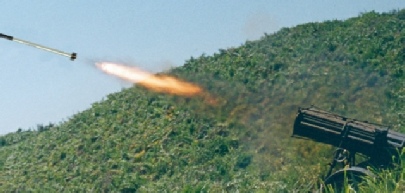 This was the dream . . .
This was the dream . . .
. . . while the reality was more like this →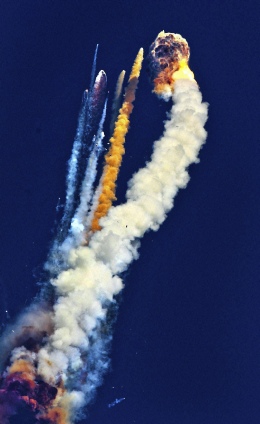
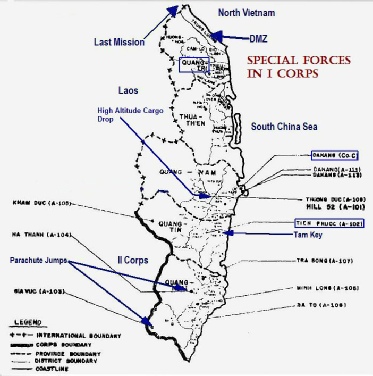
A Short Story
It was Rocket Science!
